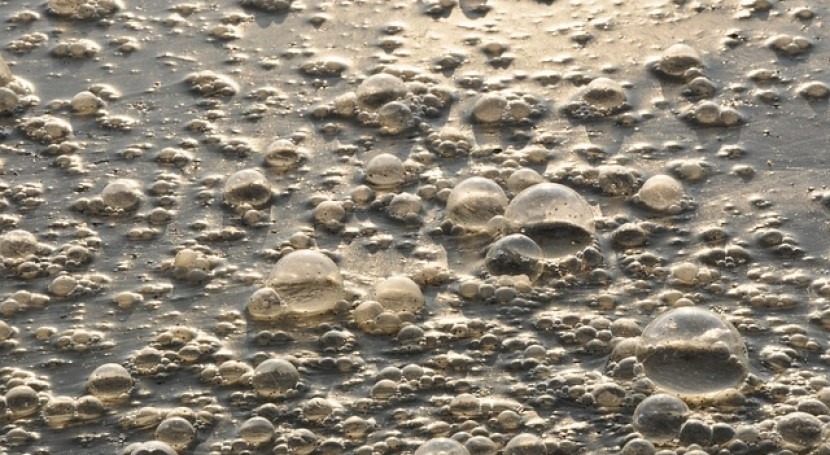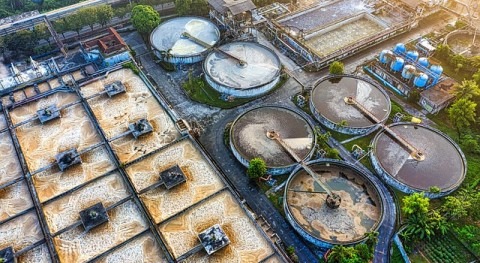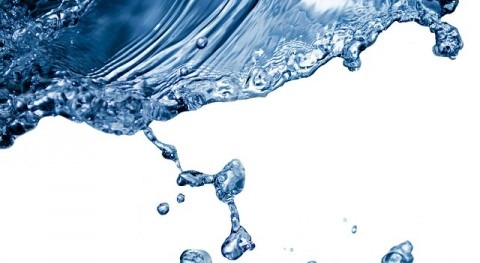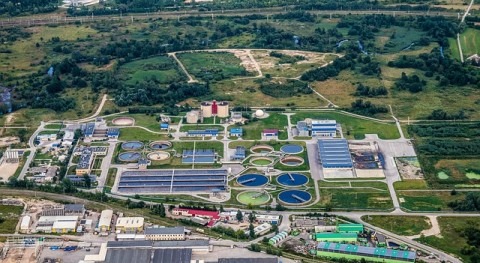What are the main threats to good water status?

The state of water is critical for the health and well-being of all living organisms, as well as for the proper functioning of ecosystems and human societies. Several threats to the state of water exist, including pollution, over-extraction, climate change, and habitat destruction. These threats can lead to the deterioration of water quality and quantity, negatively impacting human health, wildlife, and the environment. This article provides an overview of the main threats to the state of water and their potential consequences.
1 . Pollution
Water pollution occurs when harmful substances, such as chemicals, waste materials, or contaminants, enter water bodies and degrade water quality. Common sources of pollution include industrial discharges, agricultural runoff, sewage, and stormwater runoff. Pollutants can harm aquatic life, disrupt ecosystems, and pose health risks for humans who rely on the contaminated water for drinking, bathing, or recreation.
2 . Over-extraction
Over-extraction, or the excessive withdrawal of water from rivers, lakes, and aquifers, can lead to a decline in available water resources. This often results from increasing demands for water due to population growth, agricultural expansion, and industrial development. Over-extraction can cause reduced river flows, depleted groundwater levels, and the drying up of wetlands, which can negatively affect ecosystems, water availability, and water quality.
3 . Climate Change
Climate change poses significant challenges to the state of water, as it can alter precipitation patterns, increase the frequency and intensity of droughts and floods, and cause changes in water temperature. These impacts can lead to the reduction of water availability, the degradation of water quality, and the disruption of ecosystems. Climate change can also exacerbate existing water management issues, such as the competition for water resources between different users and sectors.
4 . Habitat Destruction
Habitat destruction, such as deforestation, wetland drainage, and urbanization, can lead to changes in the state of water. These activities can disrupt natural processes that help maintain water quality and quantity, such as infiltration, evapotranspiration, and nutrient cycling. Habitat destruction can also harm aquatic ecosystems by removing essential habitats, increasing erosion, and altering water flow patterns.
5 . Key Facts
- More than 2 billion individuals reside in countries experiencing water stress, a situation predicted to worsen in some areas due to climate change and population growth.
- At least 2 billion people worldwide rely on drinking water sources tainted with fecal matter, with microbial contamination posing the most significant threat to water safety.
- Although arsenic, fluoride, and nitrate are the primary chemical hazards in drinking water, emerging contaminants like pharmaceuticals, pesticides, PFASs, and microplastics have raised public concern.
- Access to clean and sufficient water is essential for maintaining proper hygiene, which helps prevent diarrheal diseases, acute respiratory infections, and various neglected tropical diseases.
- Drinking water contaminated by microbes can spread illnesses such as diarrhea, cholera, dysentery, typhoid, and polio, resulting in an estimated 485,000 diarrheal-related fatalities annually.
- In 2020, 74% of the world's population (around 5.8 billion individuals) utilized a safely managed drinking water service, meaning it was available on-site, accessible when needed, and uncontaminated.
6 . Conclusion
The main threats to the state of water are pollution, over-extraction, climate change, and habitat destruction. These threats can lead to the deterioration of water quality and quantity, negatively impacting human health, wildlife, and the environment. Addressing these challenges requires the implementation of effective water management strategies, increased public awareness, and international cooperation to safeguard water resources for present and future generations.






